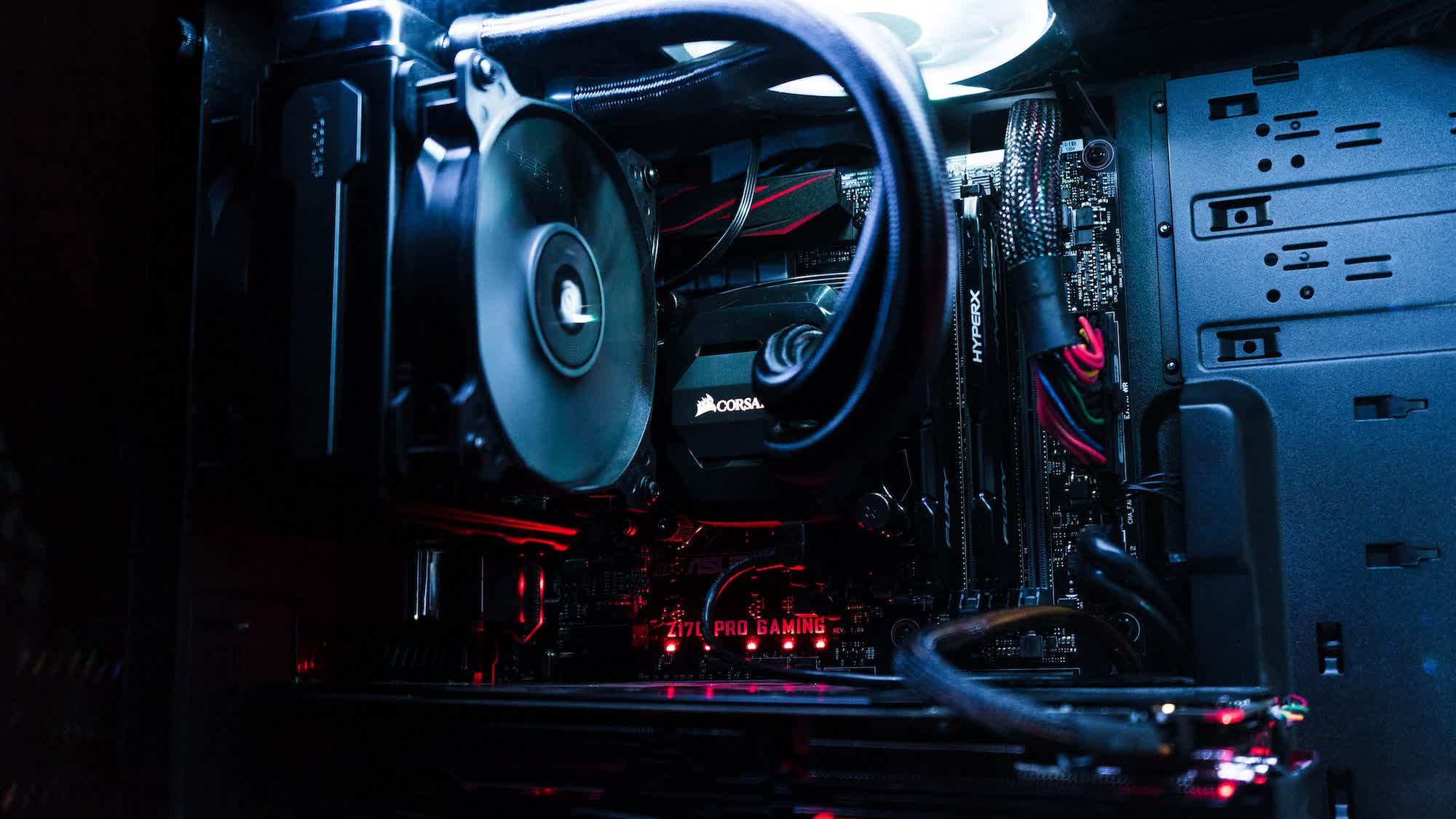What just happened? American semiconductor company Micron Technology has announced that it has started mass-producing high-capacity 96GB DDR5 RDIMMs. The modules offer speeds of up to 4800MT/s and are designed for workstations and server deployments. The company also claimed that the new DIMMs are ideal for handling AI and in-memory database workloads and eliminate the need for die stacking that increases both cost and latency.
Micron’s 96GB DDR5 RDIMM modules support AMD’s 4th-gen EPYC processors and are used in the Supermicro 8125GS, an AMD-based system designed for high-performance computing, artificial intelligence and deep learning training, and industrial server workloads.
In terms of performance, Micron claims that systems with 4th-gen AMD Zen 4 processors and Micron DDR5-4800MT/s memory modules can achieve 2x faster stream workload results (378 GB/sec) than devices with AMD’s 3rd-gen Zen 3 processors and Micron DDR4-3200MT/s modules, which could only notch up 189 GB/sec.
In a press release announcing the mass production of the 96GB modules, the vice president and general manager of Micron’s Compute Products Group, Praveen Vaidyanathan, said that the high-capacity memory solutions would offer optimum performance for compute-intensive workloads and will reduce the total ownership cost for its customers.

DDR5 RAM launched a couple of years back, and has already seen large-scale adoption among PC OEMs and DIY builders, thanks to the newer generations of Intel and AMD processors that natively support it. Intel rolled out DDR5 support with its 12th-gen Core CPUs in 2021, while AMD followed suit with its Ryzen 6000-series laptop processors and 7000-series desktop chips last year.
DDR5 has a number of inherent advantages over DDR4, including higher base speed and lower power consumption. While the default clock speed for DDR4 is 2133MHz, the base frequency for DDR5 modules is 4800MHz. DDR5 also supports higher-capacity DIMM modules. In theory, DDR5 can support up to 512GB per module, although current-gen processors from Intel and AMD can only support up to a total of 128GB of DDR5 memory.
For all the advantages of DDR5, there are a few areas where DDR4 is still the king. Most notably, DDR4 has lower latency than DDR5, meaning systems with DDR4 memory can theoretically be faster and more responsive than PCs with DDR5. DDR5 latency is getting better over time, but it remains to be seen if it will ever be able to catch up to DDR4 in this regard.
Source link